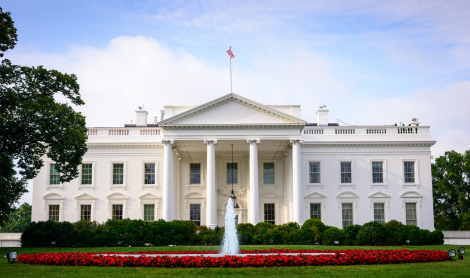January 30, 2012 (Chicago, Ill.) – A report released today by the National Association of Charter School Authorizers (NACSA) indicates charter school closures have declined over the past three years. These findings are shared in 2011 State of Charter School Authorizing: Fourth Annual Report on NACSA’s Authorizer Survey.
In 2010-2011, 6.2 percent of charter schools that were reviewed for renewal were closed, down from 8.8 percent in 2009-2010 and 12.6 percent in 2008-2009. This decline could reflect numerous factors, including state laws influencing charter oversight, an improvement in the quality of charters, changes in authorizing practices, and political pressure to keep poor-performing charter schools open.
“These findings don’t tell us whether the right number are being closed,” said NACSA President and CEO Greg Richmond, “but our experience suggests that authorizing agencies should be closing more, rather than fewer, poor-performing schools.”
”Across the country, we need strong policies and practices to make sure authorizers are making the right decisions to keep good schools open and to close weak schools,” added Richmond.
Authorizing practices, including closure rates, vary widely across the country. For example, the D.C. Public Charter School Board (DC PCSB) oversees 98 campuses and has closed 12 charter schools over the last three years. DC PCSB sets clear standards for schools to follow, and uses performance management frameworks to ensure charter school accountability.
“The D.C. Public Charter School Board takes seriously our mission to provide quality school options for D.C. students,” commented DC PCSB Executive Director Scott Pearson. “We are fortunate to have charter schools in D.C. that are among our nation’s best. But, if a school is not performing well, the Board is committed to take action. We don’t take school closures lightly, but closure is better than permitting a low-performing school to continue serving students.”
Denver Public Schools (DPS) is another authorizer committed to fostering a portfolio of high-performing charter schools. The district closed six schools over the past three years accounting for almost 20 percent of its current portfolio of charter schools. DPS has created school performance frameworks that use a wide array of school performance data to identify struggling schools.
“We firmly believe in equity of opportunity, access, and accountability across all of our public schools, both district-run and charter,” said DPS Superintendent Tom Boasberg. “With regard to accountability, charter and district-run schools are measured by the same standard, our School Performance Framework, which has been recognized as one of the most comprehensive and balanced school performance tools in the country. If a school is not serving students well and not showing progress, we need to have the courage to take action. Our kids only have one shot at a great education.”
On the other hand, the Utah State Charter School Board closed just one school between the 2008-2009 and 2010-2011 school years. This accounts for just over 1 percent of its total portfolio of 75 charter schools. In Utah, the low closure rates can be partly attributed to state policy. The current charter law allows charter school contracts to automatically renew, which prevents the Utah State Charter School Board from conducting high-stakes, periodic reviews that are common elsewhere.
To support stronger performance, NACSA has outlined 12 practices essential to authorizing. NACSA’s State of Charter School Authorizing indicates the average reported adoption of these practices is 8.7 out of 12. The most widely adopted practice is requiring annual financial audits of charter schools, while five Charter School Closure Rates in and Outside of Renewal (Fall 2008-Spring 2011) year charter term limits and the use of application evaluation panels that include external members had the lowest reported adoption rates.
View Press Release PDF


